At the garden of Villa Barbarigo, in the world's oldest maze of greenery.
Located amidst the greenery of the Euganean Hills is the oldest existing maze of greenery in the world: it is the maze of Villa Barbarigo in Valsanzibio, a hamlet of Galzignano Terme, located at the foot of Mount Gallo, which rises 385 meters above sea level. The villa already existed in the 15th century and was owned by the Contarini family, one of the most illustrious families in Venice. It passed to the Barbarigo family at the end of the 16th century, and the history of the complex, at this point, becomes decidedly singular: the nobleman Giovanni Francesco Barbarigo (sometimes referred to in the Venetian way, as “Zuane” Francesco Barbarigo), wanted to surround it with a majestic symbolic garden, a rare case on our continent, to be read and above all to be walked through as a path of purification. The garden is in fact a colossal ex voto: the Barbarigo family had managed to escape the plague of 1630-1631, the one narrated by Manzoni in The Betrothed, by taking refuge precisely in the valley of Sant’Eusebio (hence the name “Valsanzibio”) in the Euganean Hills, and Giovanni Francesco, who had recently purchased the villa and land, in order to thank God for saving him and his children (his wife, unfortunately, had passed away before the decision was made to leave Venice where the disease was raging) decided to start the enterprise.
The garden surrounding the villa, therefore, was not created to demonstrate the prestige of the household, but to give glory to the Lord. It was therefore meant to have a spiritual purpose rather than a playful one. Zuane Francis, however, died prematurely and was unable to see the work finished in time: so it was his sons, Anthony and Gregory (the latter became a cardinal and was later canonized in 1960 by John XXIII; today he is therefore venerated as a saint by Catholics), who put an end to the work he had begun. Thus, in 1669, the garden, designed by the papal architect Luigi Bernini (Rome, 1612 - 1681), younger brother of the better known Gian Lorenzo Bernini, could finally be said to be finished. After the extinction of the Barbarigo family in 1804, the villa and its garden passed to the heirs: first the Michiels, then the Martinengo da Barco family, then again the Donà delle Rose family, and finally the Pizzoni Ardemani family, who are the owners of Villa Barbarigo today.
The purification itinerary in the garden of Villa Barbarigo begins at Diana’s Pavilion, a kind of large Baroque-style facade, which was the entrance to the garden via the waterways (in fact, in ancient times Valsanzibio could be reached directly by boat from Venice). The path interweaves Christian spirituality and mythology: Diana, goddess of the hunt, is in fact believed to be the patroness of the garden and is also considered a kind of representative of God on earth. One crosses the pavilion carefully observed by the bearded masker who alludes to the Barbarigo family and arrives in the Water Theater, fed by new and pure water, a symbol of the beginning of the path and of liberation from sin, since one leaves the stagnant water that led the visitor to Diana’s Pavilion. One then leaves the water and meets the air in the Peschiera dei Venti, a symbol of the continuation of the purification path, which here invests the visitor with fresh, clean air. One then reaches the heart of the garden, where the Stack Fountain is located, the exact center of the park, from where begins the visitor’s active journey , who is now called upon to grapple firsthand with what the garden presents to him or her, beginning with the labyrinth.
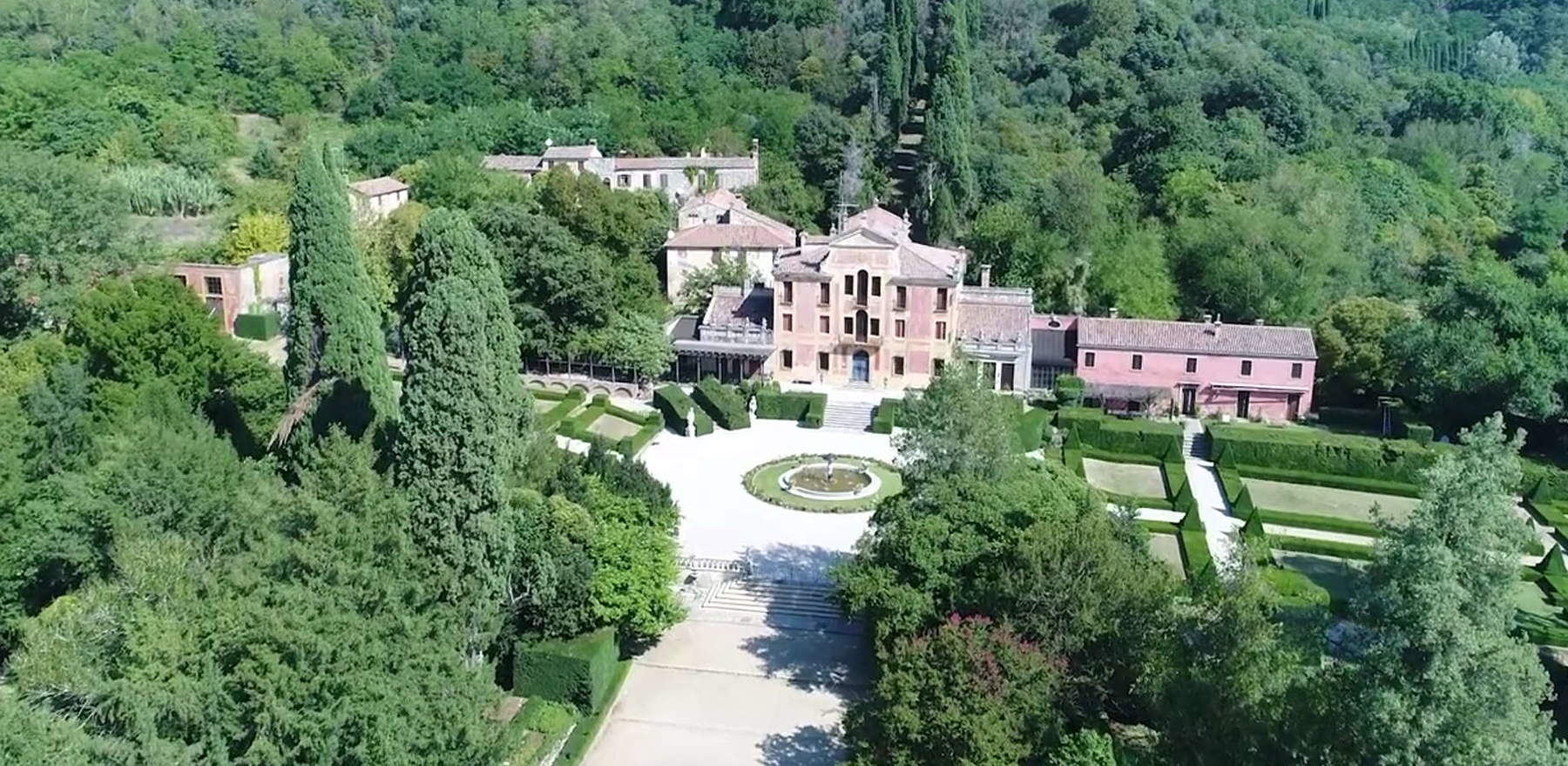
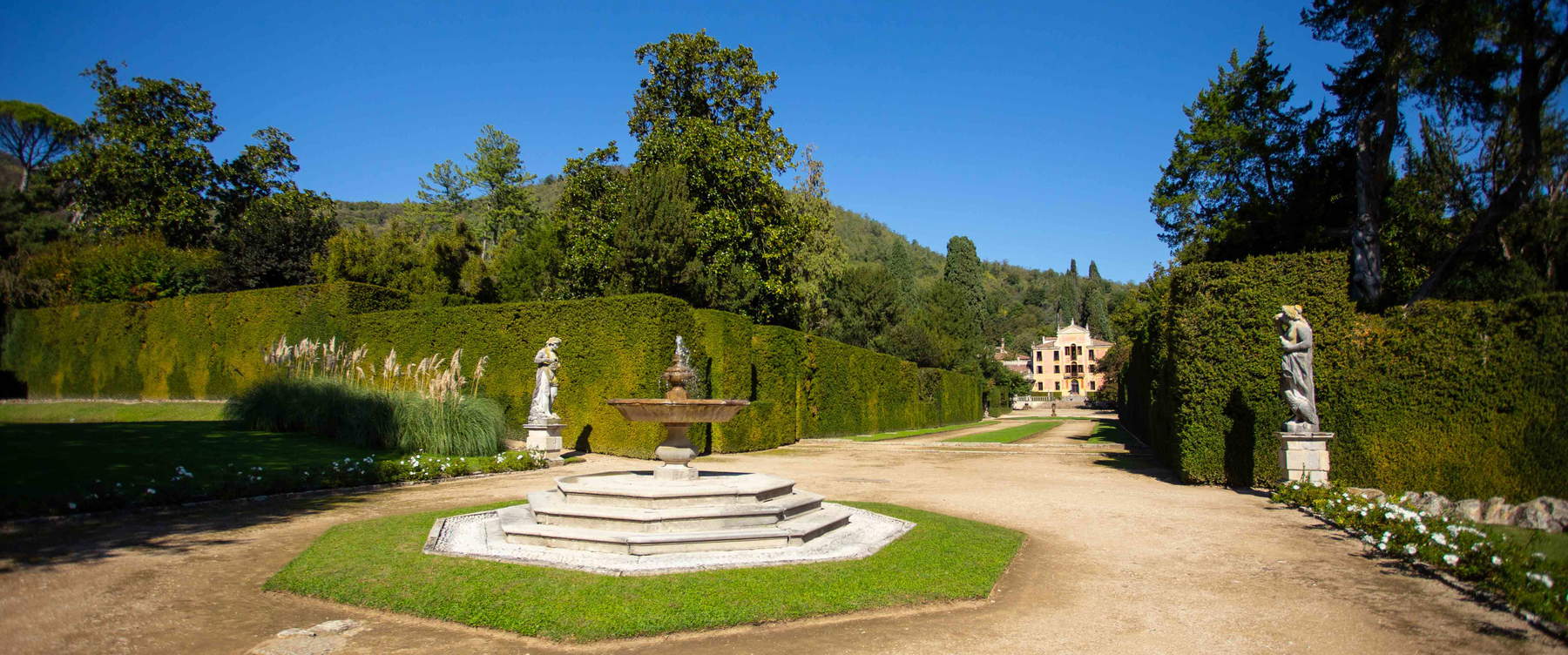
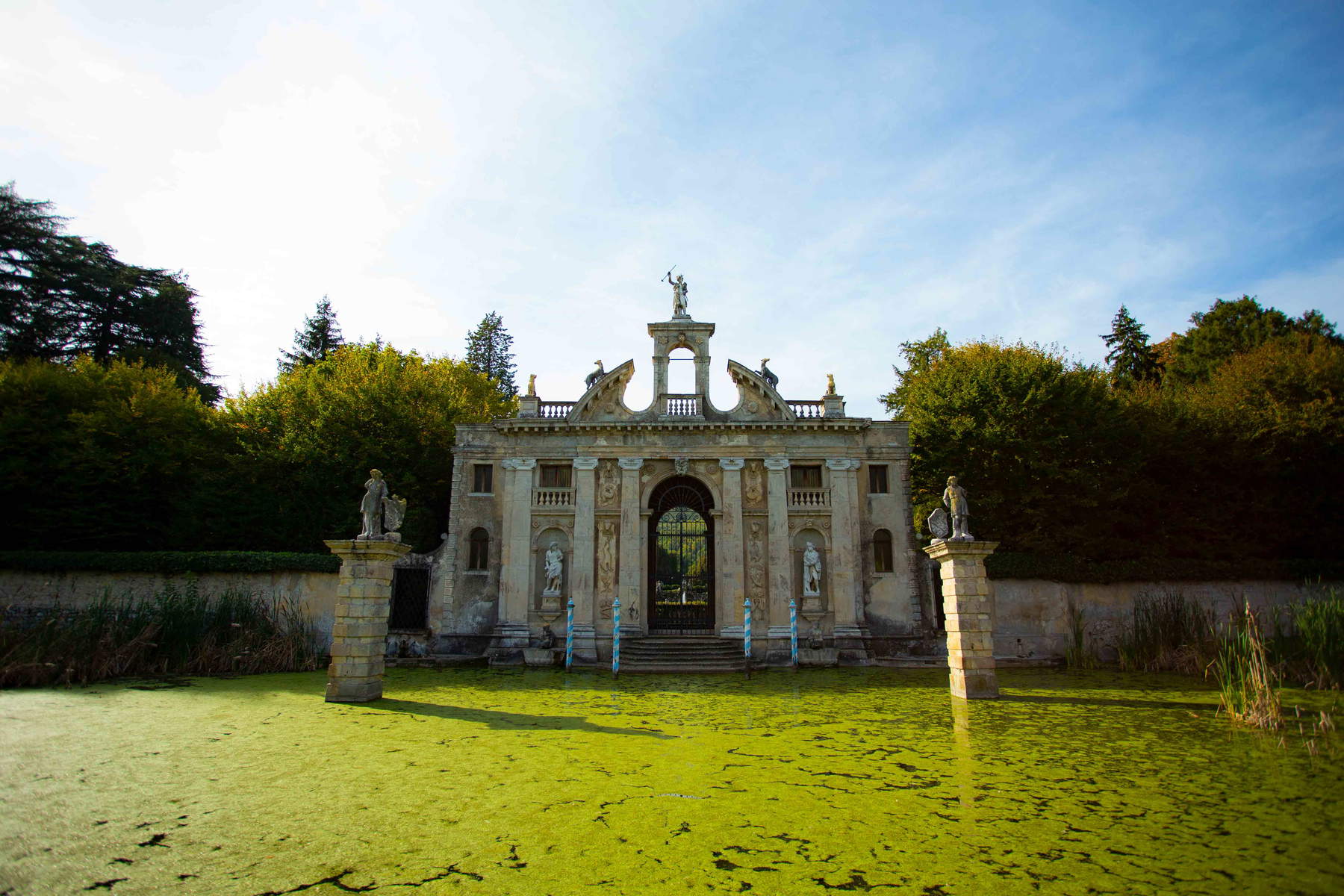
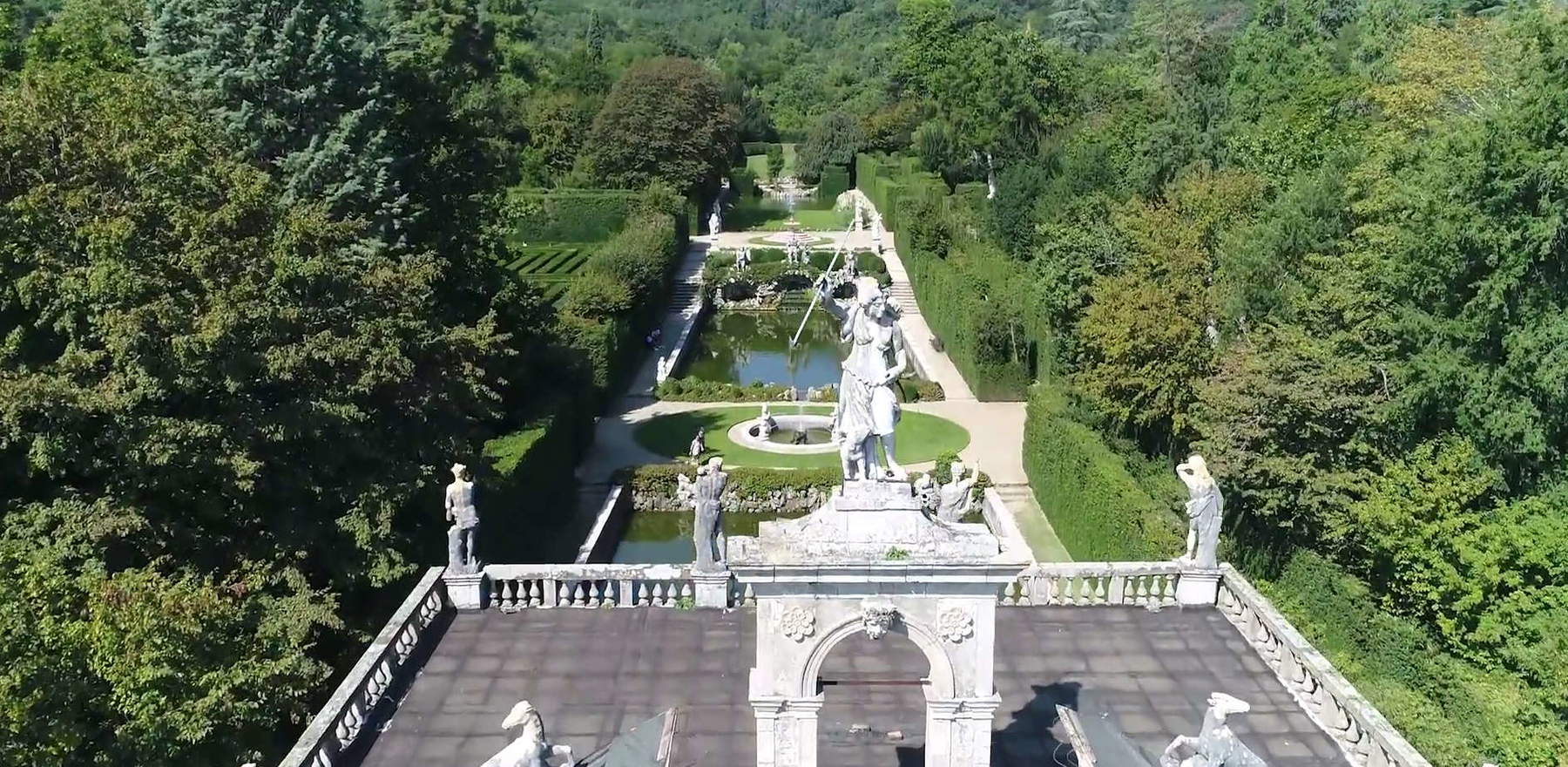

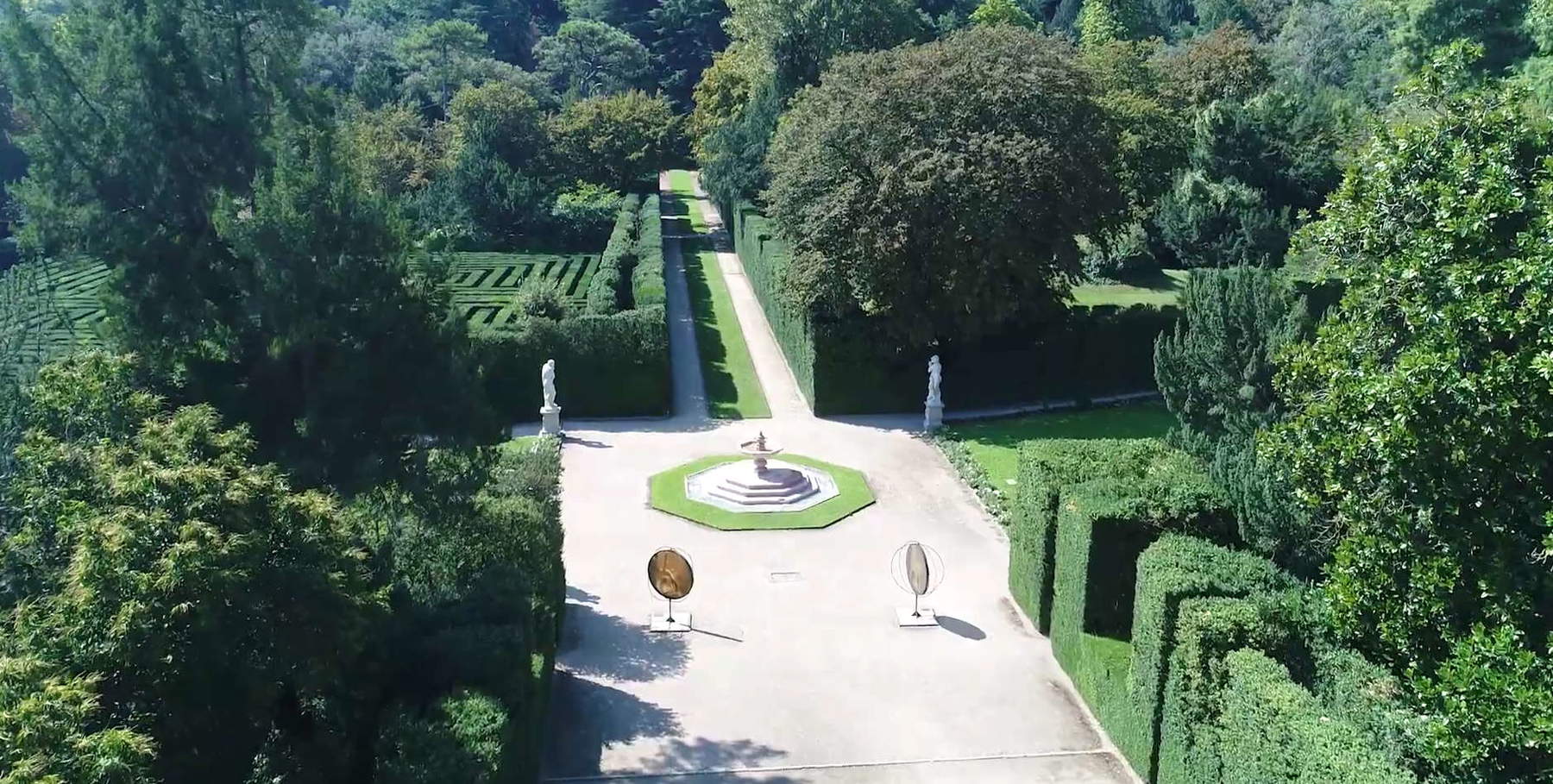
Near the entrance, statues of Argos and Mercury admonish the visitor: Argos, the guardian of the labyrinth, asleep but impossible to fool as his body is entirely dotted with eyes that see anything (and although Argos is asleep some eyes remain open), symbolizes the visitor’s consciousness that cannot be fooled, as it is not possible to fool oneself. Mercury is intent on playing the flute, signifying that at this moment he is not engaging in the deceptions that mark him, and he invites the visitor to measure himself in serenity with the labyrinth. So here we are in the maze, made entirely of box hedge, and dating from 1664-1669 (the plants are largely those planted at the time and undergo careful maintenance every year). The pattern closely echoes that of Roman labyrinths with meanders divided into four quadrants, of those that can be found in ancient mosaics(such as those in Cremona and Piadena).
The labyrinth represents the difficulties the Christian encounters on his path, as in so many other gardens in which a maze is clothed with meanings related to religion. The visitor is called upon to make choices that lead him toward the center, trying to avoid obstacles. The first is the search for the entrance itself, located in a position that is not easy to find, signifying that even to begin one’s search requires willpower, one must exercise virtue. The dead ends that are encountered in the quadrants, seven in all, are allegories of the seven deadly vices: to stop in front of the dead ends is to abandon oneself to perdition, and therefore only by avoiding them, or turning back on one’s path, is it possible to reach the center. The path in the labyrinth is about a mile long in all, and the pattern dictates that one must go through all the quadrants to reach the center. And it is made up of continuous obstacles that require one to retrace one’s steps, a situation that becomes a metaphor for the Christian who repents of his sins, repents and recovers the path to salvation, only to be sidetracked again by other mistakes, other problems to correct, other traps to avoid. It is only at the end of this path that one arrives at the center, where there is a turret from which one can see the maze from above, an allegory of the Christian recognizing the role he has on earth, a gained awareness that allows him to continue his journey.
After a brief stop in the Hermit’s Cave to reflect and meditate on the achievements he has conquered, the path can be continued. The statues depicting the allegory of Fertility and Salubriousness require one to crossRabbit Island, a small island that symbolizes the fecundity that leads generations to alternate and thus allows the visitor to cross the boundaries of time, which is personified by a statue depicting him in the guise of the mythological god Cronos: it is this statue that symbolizes the human spirit that manages to transcend space and time, thus opening itself to purification and salvation. The itinerary continues on the Grand Avenue where one first encounters the Fountain of Games, a symbol of the pitfalls that can be found along the way: those who sit on the benches around the fountain, believing they have achieved purification, are in fact treacherously struck by splashes of water (the work is in fact also known as the Fountain of Jokes). The fountain is surrounded by four statues: the first two are those of Polyphemus and Timaeus, symbols of blindness and defeat respectively, and they exhort us to reflect on our frailties, which can cause us to stop when we are close to our goals (as happened just now at the Fountain of Games). The two female statues are Ope and Flora, the former alluding to fertility and the latter to springtime: they are thus an invitation to continue the journey in the sign of renewal.
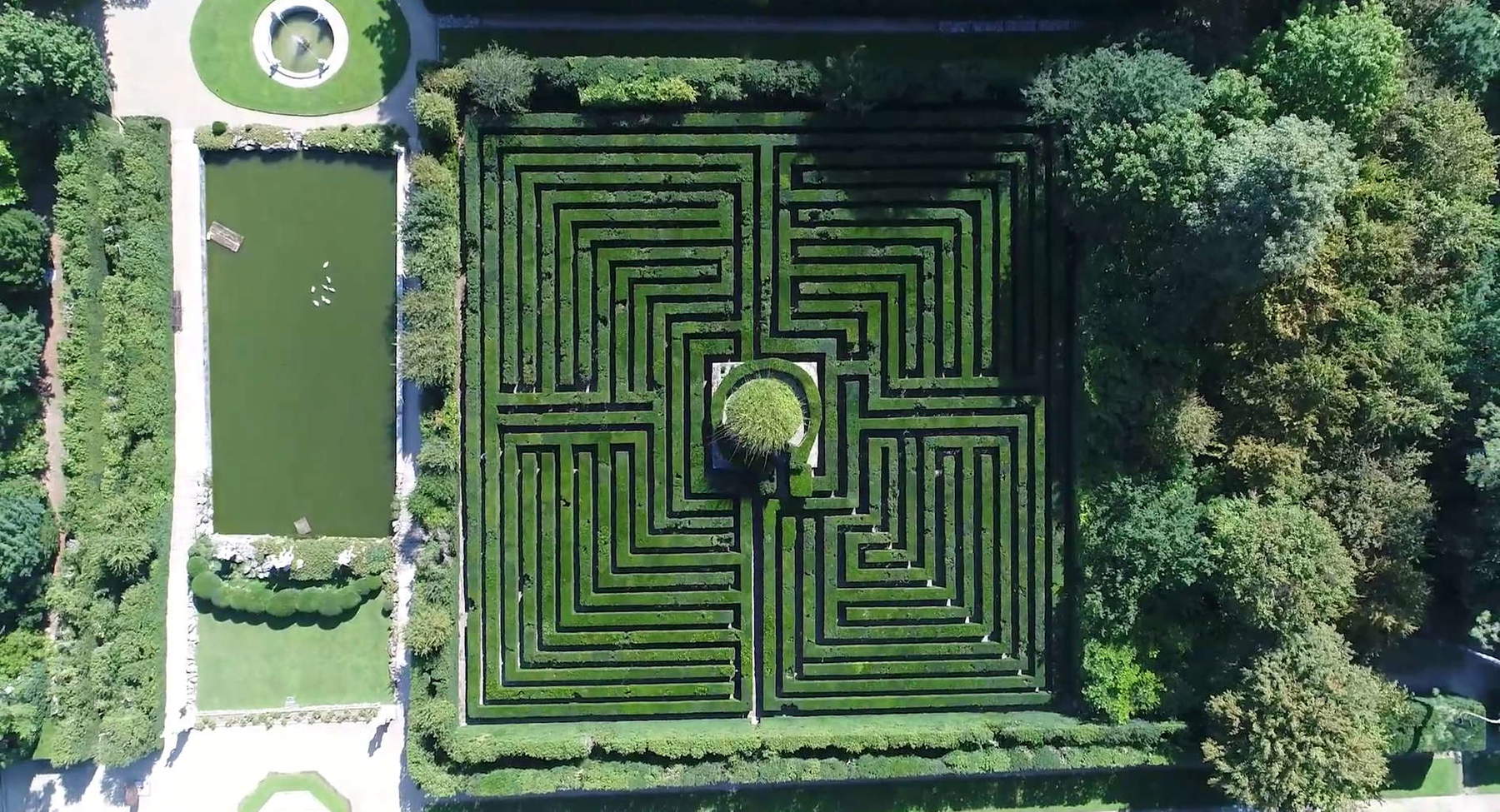
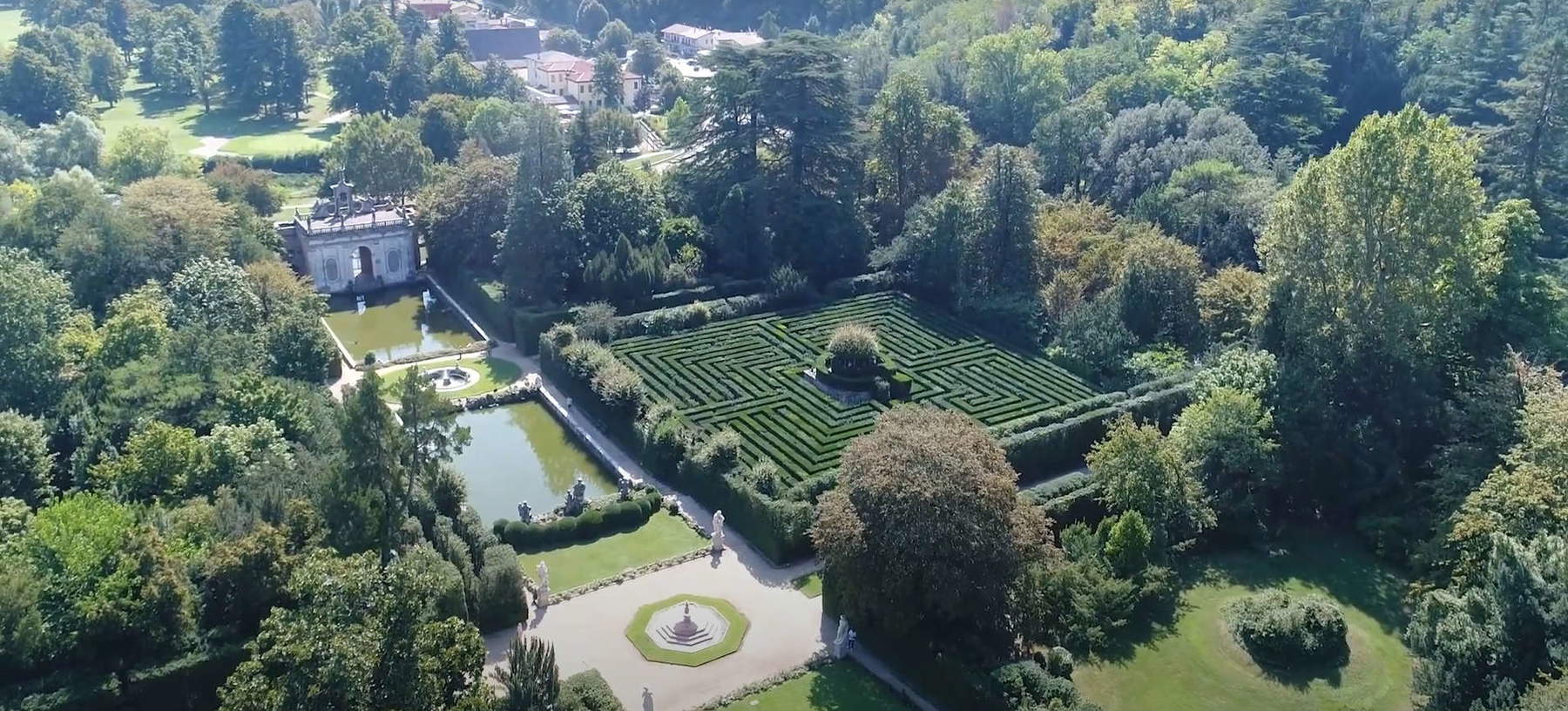
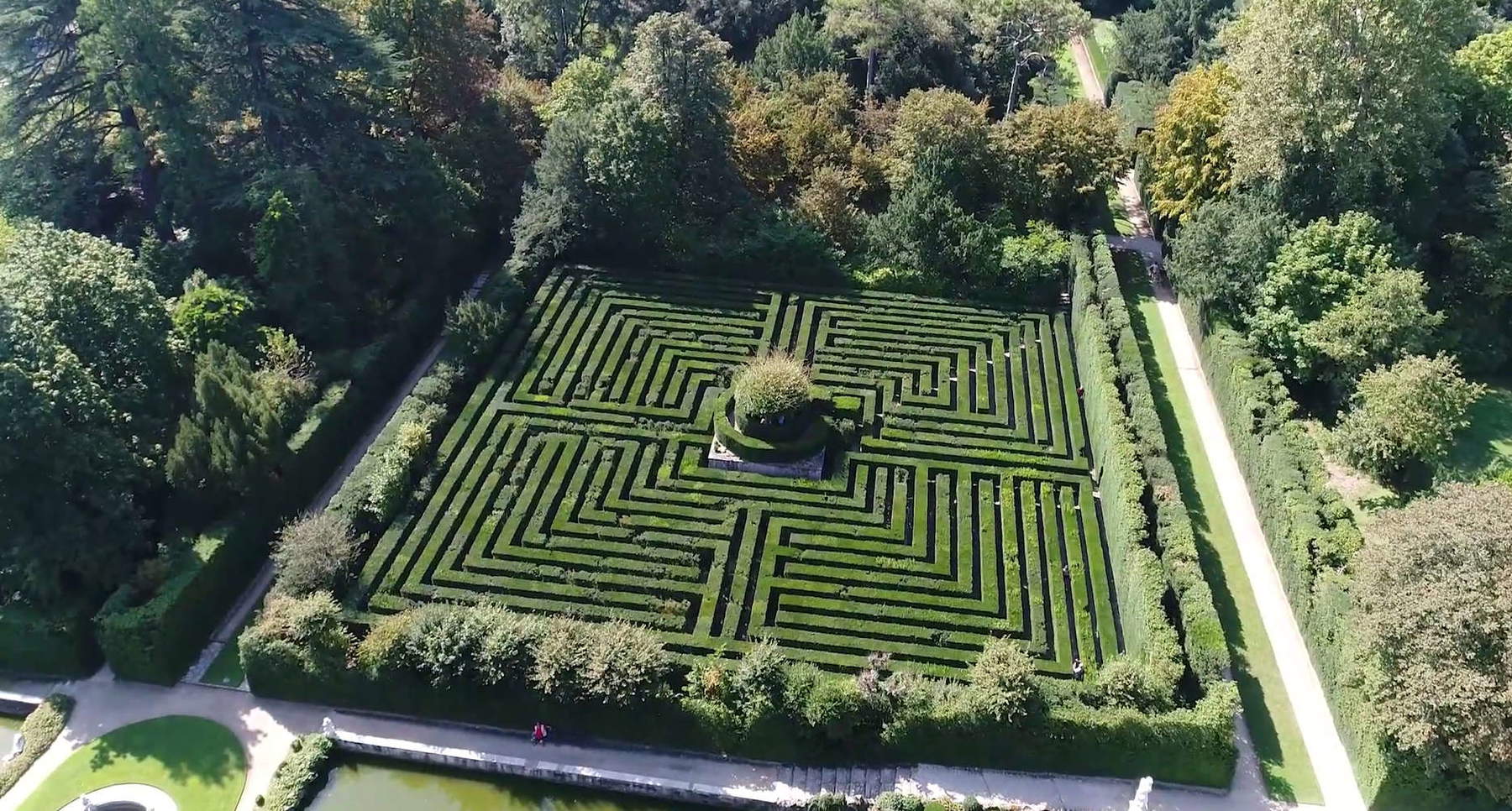
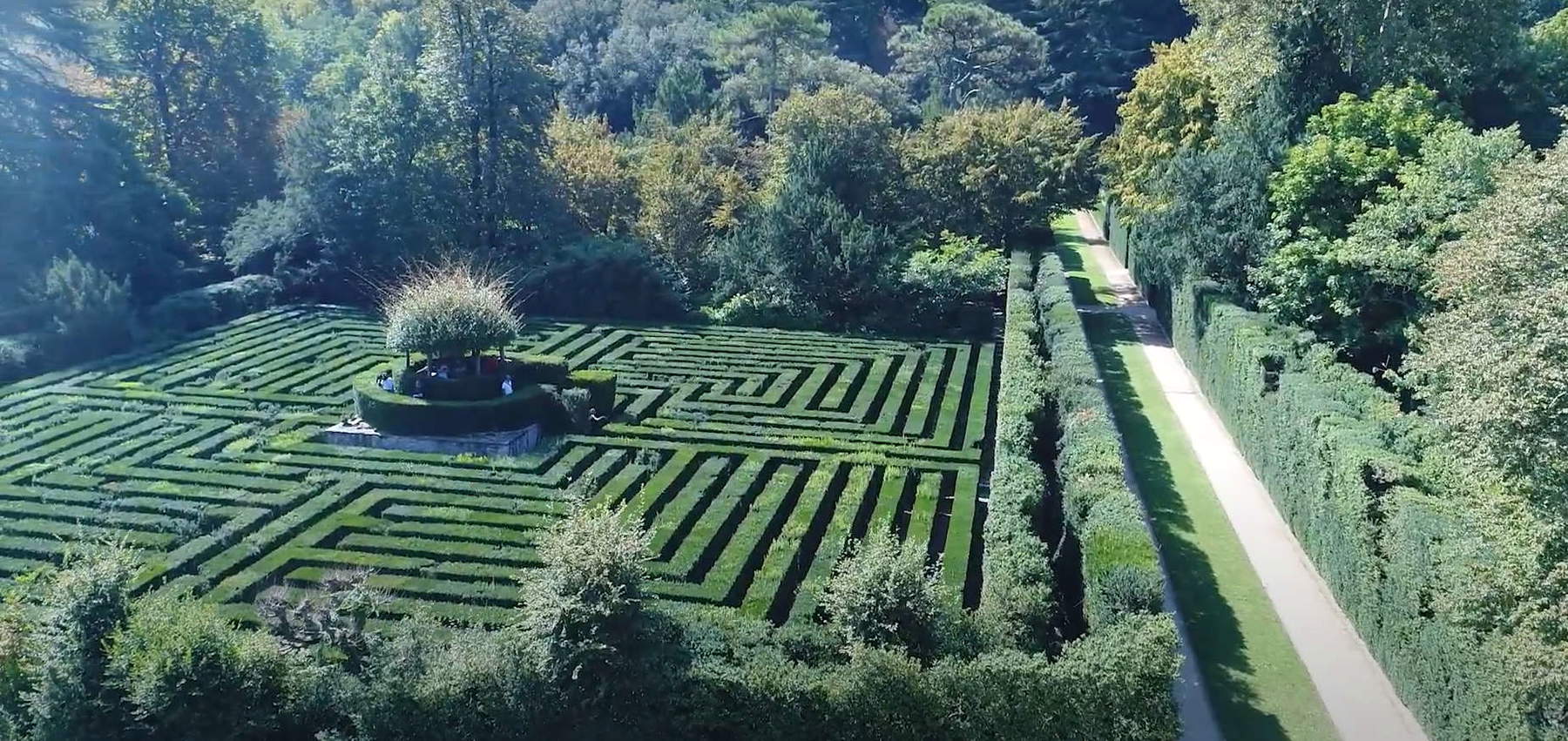
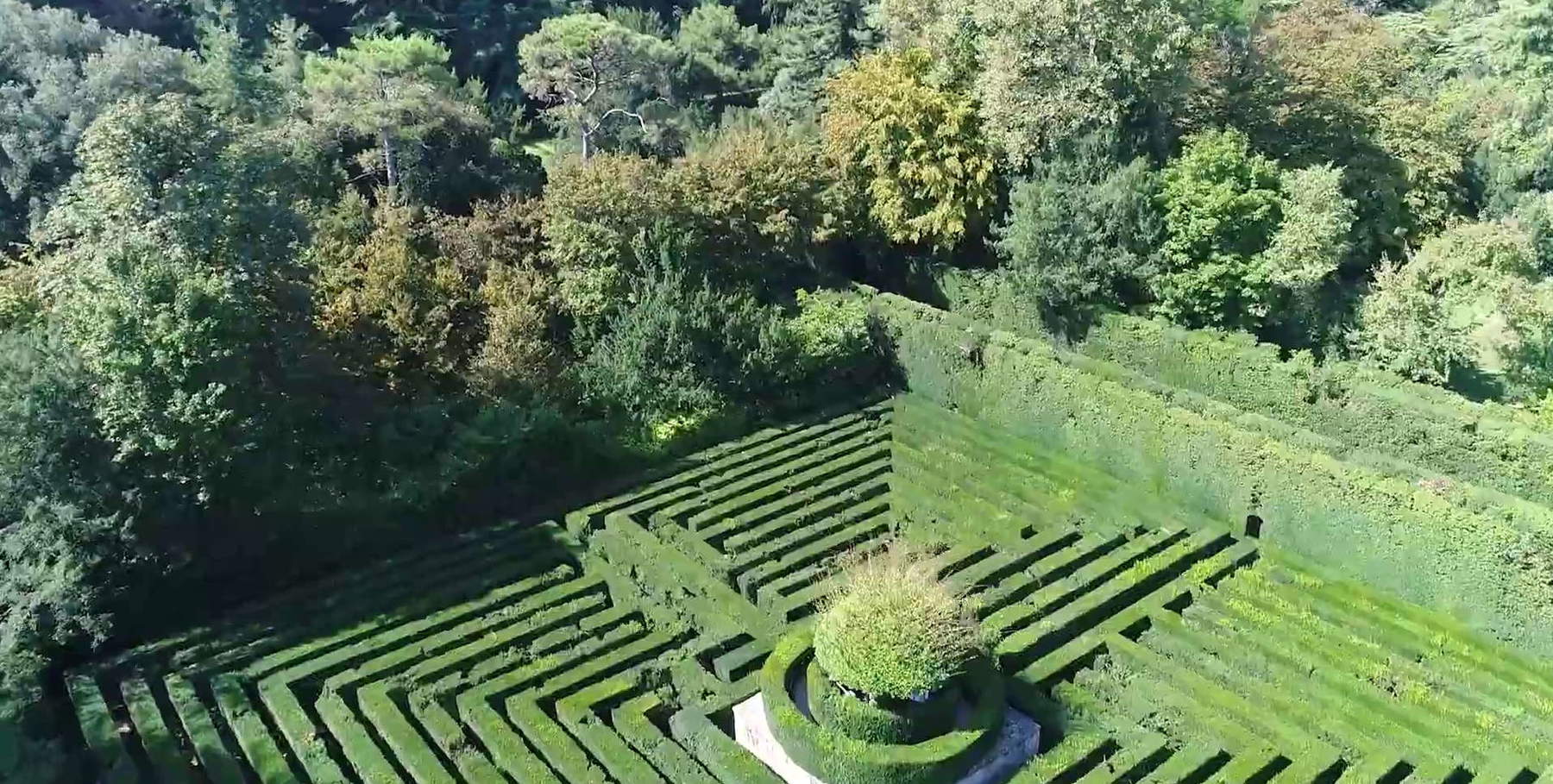
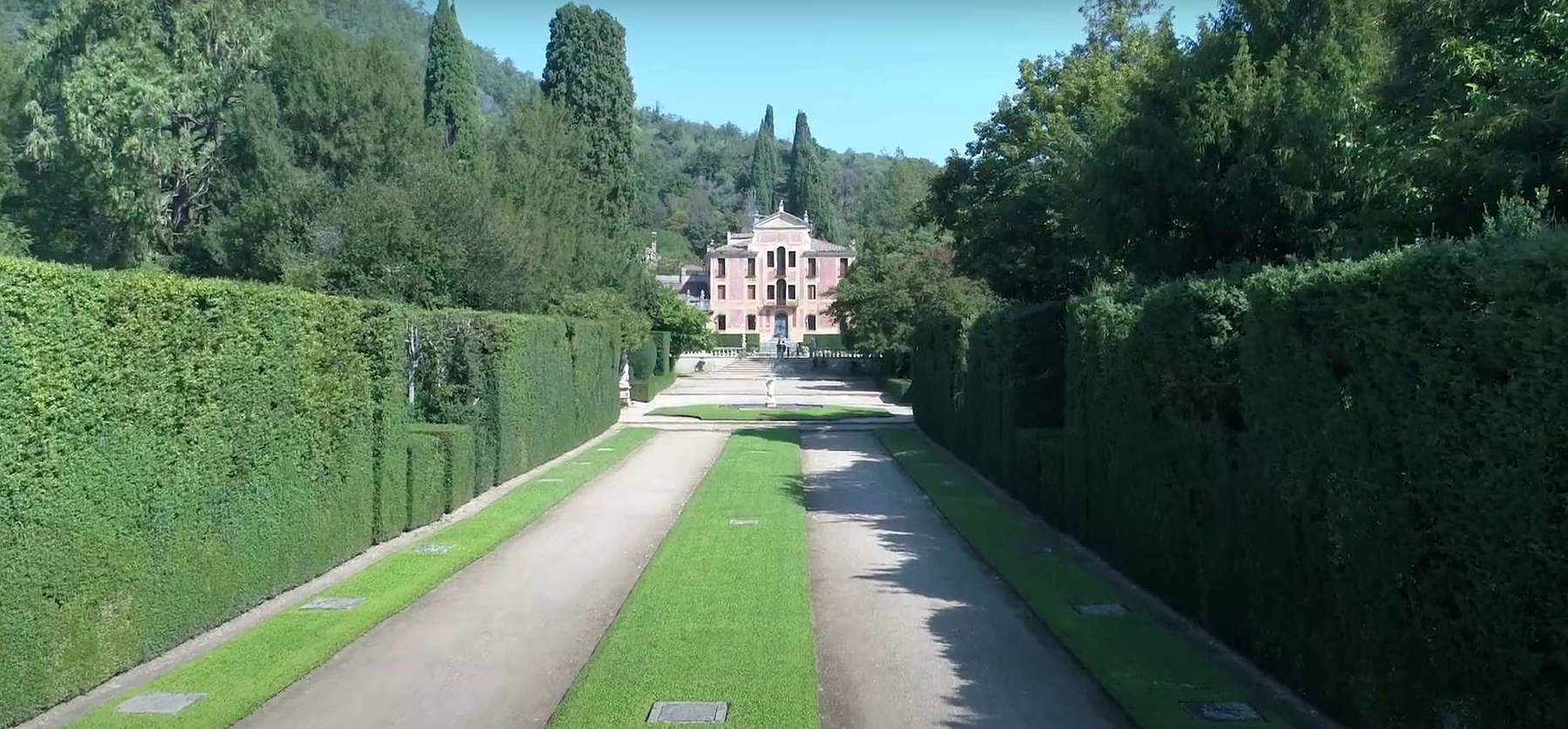
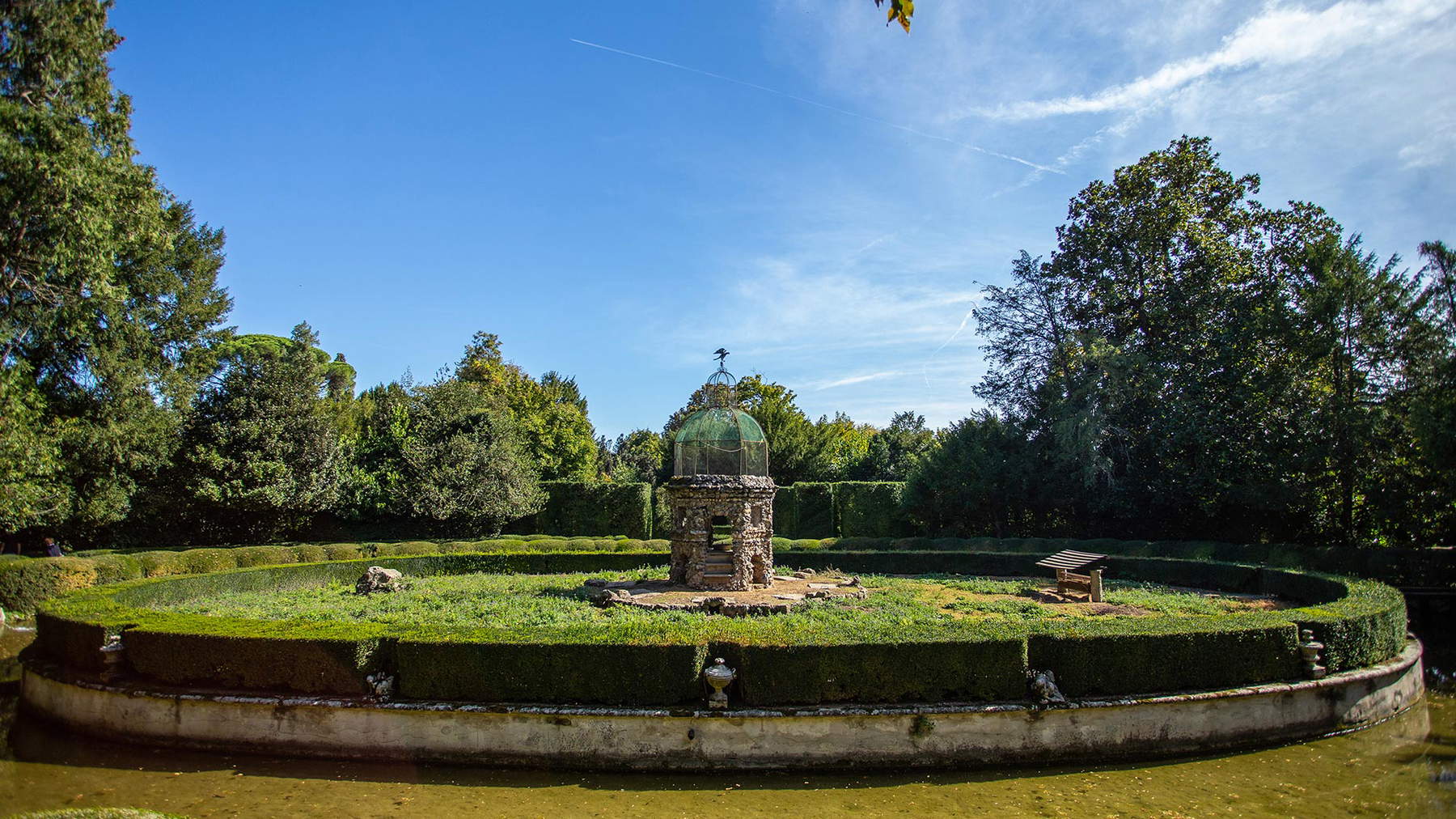

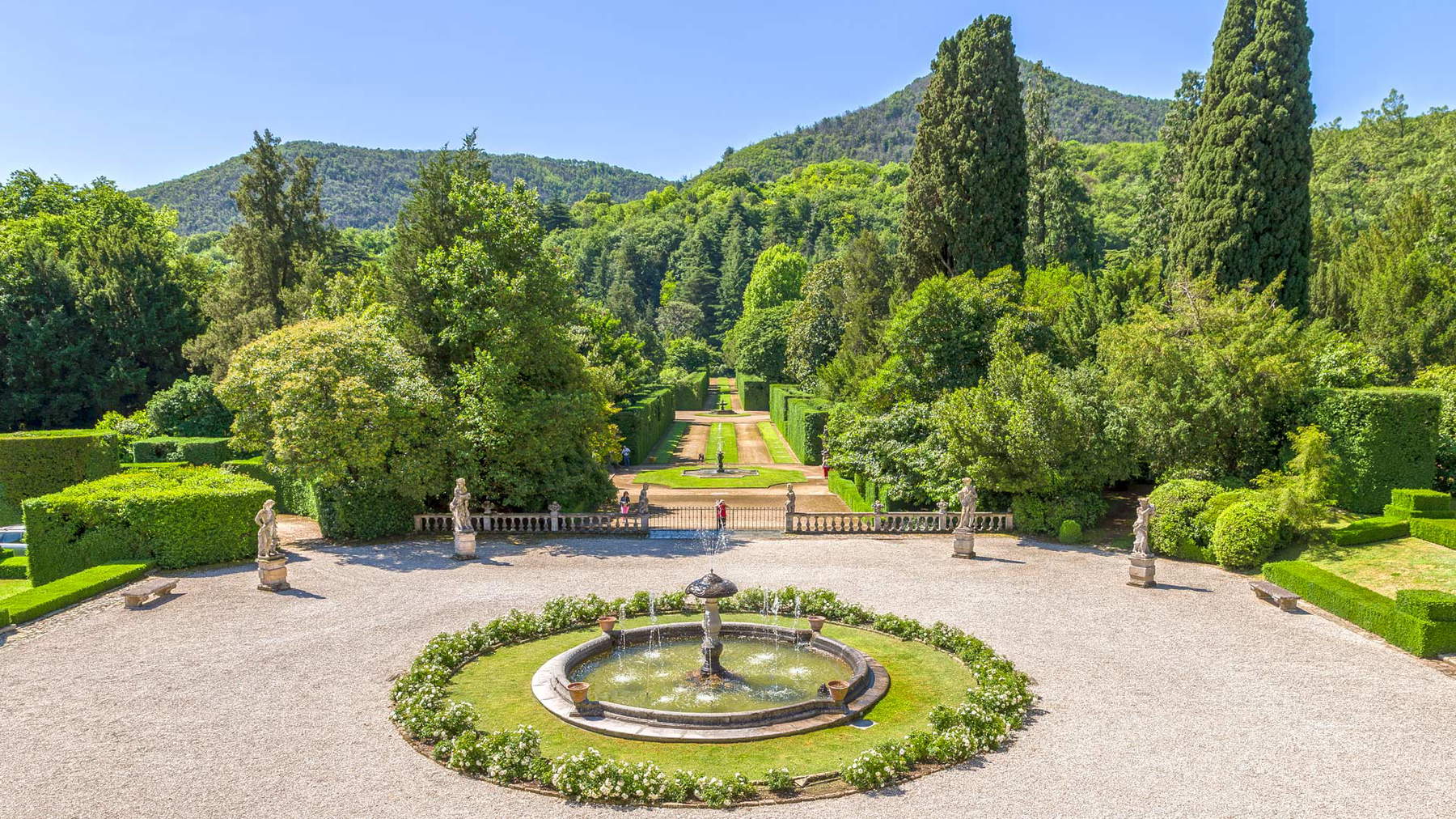
. Photo: Villa Barbarigo
Continuing along the Gran Viale we come to the Scalinata del Sonetto (Stairway of the Sonnet), where we read, in fact, a sonnet, whose author we do not know (perhaps Gregorio Barbarigo himself), but which encapsulates the meaning of the path (and we are forced to read it since some gushes bar our way): "Curioso viator che in questa parte / Giungi e credi mirar vaghezze rare / Quanto di bel, quanto di buon qui appare / Tutto deesi a Natura e nulla ad Arte // Qui il sol splendenti i raggi suoi comparte / Venere qui più bella uscire del mare / Sue sembianze la Luna ha qui più clearer / Here does not come to disturb the fury of Mars // Saturn here does not roast his parts / Here Jupiter rejoices and has a serene face / Here Mercury loses all his fraud // Here has no place for weeping, here is the seat of laughter / Of the court the lightning is not heard / Here is Hell and here Paradise. So we are ready to enter the destination, the Piazzale delle Rivelazioni: eight allegorical statues (Beauty, Abundance, Delight, Happiness, Rest, Virtue or Agriculture, Genius, Wisdom or Solitude) surround the Fountain of Ecstasy, a symbol of the accomplished purification, of the accomplished encounter with God.
Considered one of the most important Baroque gardens in Italy and Europe, Villa Barbarigo’s garden arranges all its symbolic elements in a way that guides the visitor through an experience of reflection and personal growth. Today, Villa Barbarigo is open to the public, its garden carefully maintained to preserve its beauty and historical significance. To visit it is to have a unique and authentic opportunity to immerse oneself in the history and beauty of Venetian Baroque, and within a garden conceived as a path of salvation, within a treasure of Italian heritage.
 |
| At the garden of Villa Barbarigo, in the world's oldest maze of greenery. |
Warning: the translation into English of the original Italian article was created using automatic tools. We undertake to review all articles, but we do not guarantee the total absence of inaccuracies in the translation due to the program. You can find the original by clicking on the ITA button. If you find any mistake,please contact us.


























